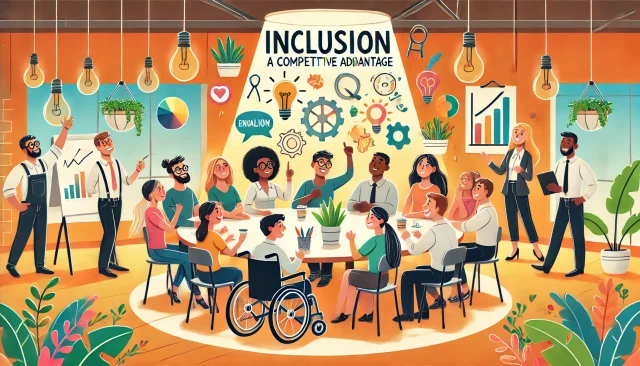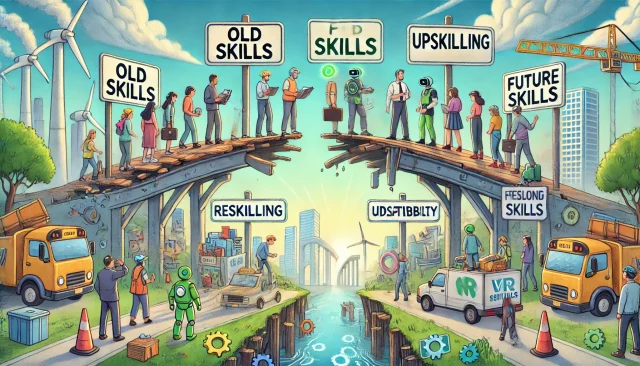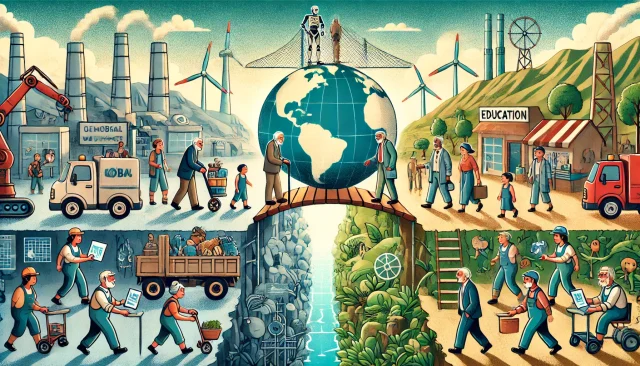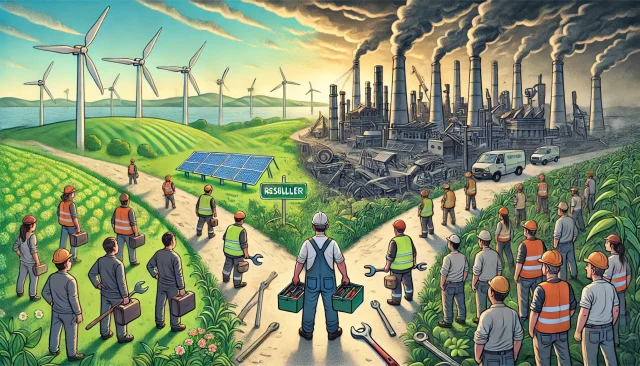Balancing the Scales: Mastering Risk vs. Reward for Financial Success in Auditing
Balancing the Scales: Mastering Risk vs. Reward for Financial Success in Auditing
In the realm of financial auditing and advisory, the delicate act of balancing risk and reward is not just a skill, but an art form. This intricate dance is central to the financial health not only of the organizations you serve, but also to the longevity and success of your career. As auditors and advisor professionals, the ability to evaluate and navigate these waters determines your prowess and effectiveness in the industry.
The Importance of Risk vs. Reward Evaluation
Understanding risk versus reward is a foundational concept in financial management. For auditors and advisors, it is critical to develop a keen sense for this balance, as it influences decision-making processes at every level of an organization. Proper evaluation can mean the difference between a strategy that enhances value and one that invites financial ruin.
The Rationale Behind Risk Assessment
Effective risk assessment involves identifying potential financial hazards and evaluating their likelihood and impact. It requires an analytical mindset and the ability to foresee and mitigate financial threats. For auditors, this means understanding the nuances of a company’s financial position and identifying where potential risks may exist, from liquidity issues to compliance lapses.
Exploring the Reward Potential
While assessing risks is crucial, understanding the potential rewards is equally important. In financial advisory roles, gauging the upside potential of an investment or strategic decision requires a firm grasp of market trends, economic indicators, and business acumen. The reward isn’t merely financial gain; it encompasses long-term sustainability and growth.
Strategies for Excelling in Financial Health
The excellence of auditors and advisors lies in their strategic approach. Here are some strategies to help you excel:
1. Develop a Risk-Reward Framework
Create a structured framework to evaluate decisions. This framework should include criteria for measuring risk, methods for quantifying potential rewards, and an adaptable approach that considers the unique context of each situation.
2. Continuous Learning and Adaptation
The financial landscape is ever-shifting. Staying informed about the latest regulatory changes, economic forecasts, and technological advancements ensures that your strategies remain relevant and effective.
3. Leverage Technology
Embrace analytical tools and technologies that enhance your ability to assess risk and predict outcomes. From artificial intelligence to data analytics, these tools can provide deeper insights and enable more informed decisions.
4. Foster Collaborative Relationships
Collaboration with other professionals in finance, such as risk managers and compliance officers, can provide broader perspectives and insights. Sharing knowledge and expertise can strengthen your evaluation process.
5. Ethical Considerations
Never overlook the ethical dimensions of financial decisions. Ensure that your evaluations and recommendations align with both regulatory mandates and the broader social responsibilities of your clients.
The Broader Impact
Beyond individual success, mastering risk and reward evaluation contributes to the overall health of the financial ecosystem. It ensures that organizations remain solvent and trustworthy, fostering a climate of confidence and stability in the marketplace. As auditors and advisors, your role in this dynamic is pivotal, making the judicious balance of risk and reward not just a professional duty, but a societal imperative.
Ultimately, excelling in financial health through risk and reward evaluation is about foresight, strategy, and a commitment to excellence. It is the pathway to not only professional success but to making a meaningful impact in the world of finance.






























